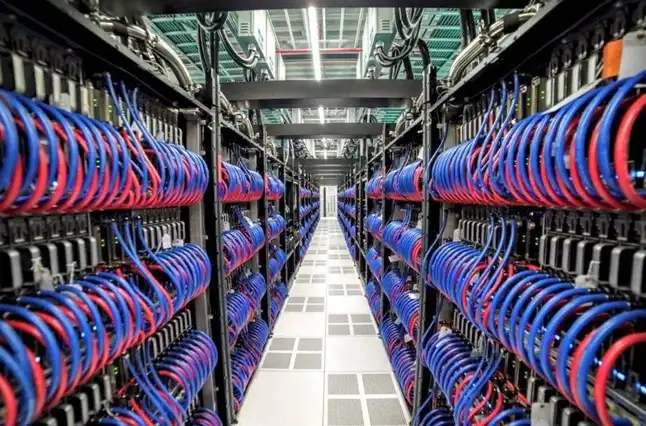
High-Performance Computing Centers and Their Functions
With the advancement of technology and the increasing complexity of practical equations and problems, the existence of high-speed processing systems seems essential and necessary. Accordingly, high-performance computing centers have been established in many countries, including Iran. These centers are responsible for high-speed computing of scientific calculations and equations.
High-speed computing refers to performing calculations in less than a few minutes. Achieving this type of processing and reaching the desired result requires more than one computer. This is where high-performance computing centers come into play and effectively meet the needs of the scientific community.
High-performance computing centers, with the help of software and network science, combine the computing power of several small servers. Using this method, performing heavy scientific calculations with the lowest cost, highest efficiency, and highest speed will be possible. Thus, research experiments, algorithms, and computational formulas that used to take several months to complete will achieve results in a few minutes with the existence of high-performance computing centers.
Applications of High-Performance Computing Centers
High-performance computing centers have extensive applications. These functions include: